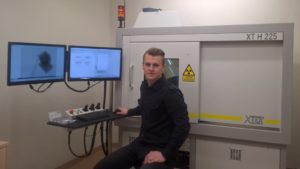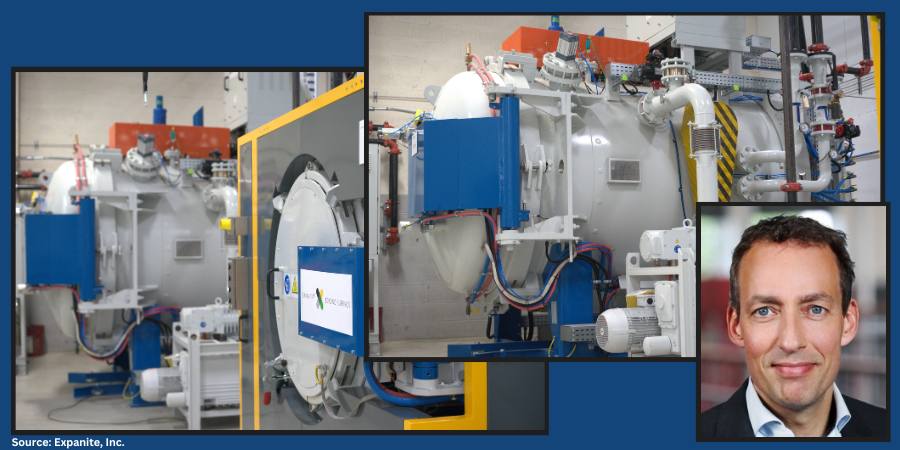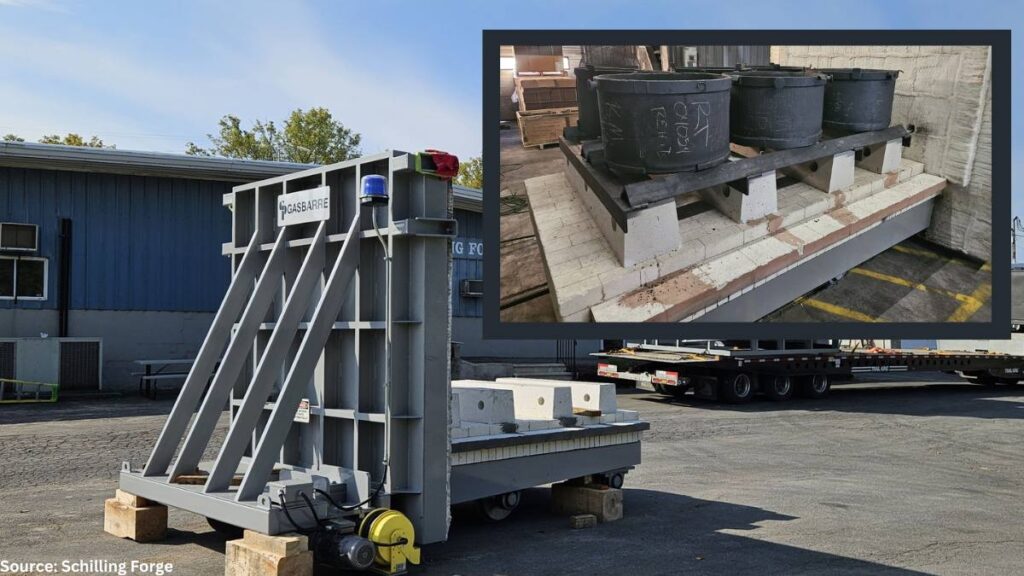Heat treatment plays a vital role in the accurate production of patient-specific joints and prostheses at a Lithuanian manufacturer and provider of 3D-printed patient-specific implants, endoprosthesis, and surgical guides and services in the EU, where researchers have leveraged the metrology scanning solutions of Nikon Metrology.
Baltic Orthoservice, based in Kaunas, combines the Nikon technologies of multi-sensor CCM and laser scanner with a micro-CT system to guarantee internal structural quality and geometric accuracy to achieve improved production of a wide variety of medical services. For manufacturing patient-specific implants, Baltic Orthoservice uses DMLS technology (direct metal laser sintering). The implants then undergo a variety of post-processing steps, including heat treatment, surface polishing and milling for screw holes.
The complete process and treatment solution allows for single-device design with “anatomically adapted surfaces. This eliminates the risk of instability and adapts the implant to the bone rather than the bone to the implant,” explained Milda Jokymaitytè, Clinical Engineer at Baltic Orthoservice. A major benefit of this procedure is that during surgery, there is no need to shape the bone in order to adapt it to the implant or use bone cement, meshes and augments to fill the bone defect. Patient-specific implants are designed using virtual anatomical bone models which are obtained from medical computed tomography (CT) scan of a patient.

“3D printing is a complicated technology and there is a big variation in processing parameters, so predicting the quality and geometry of printed objects is quite a challenge,” said Paulius Lukševičius, engineer of mechanics at Baltic Orthoservice. “Patient-specific implants are a bespoke treatment solution, which means that the surgery must be ‘pre-planned’ virtually so the implant can simply be put in place. To be able to execute the virtual plan, it is vital to be 100% sure that the implant geometry is exactly the same as the CAD model and that the holes are machined to high accuracy.”






